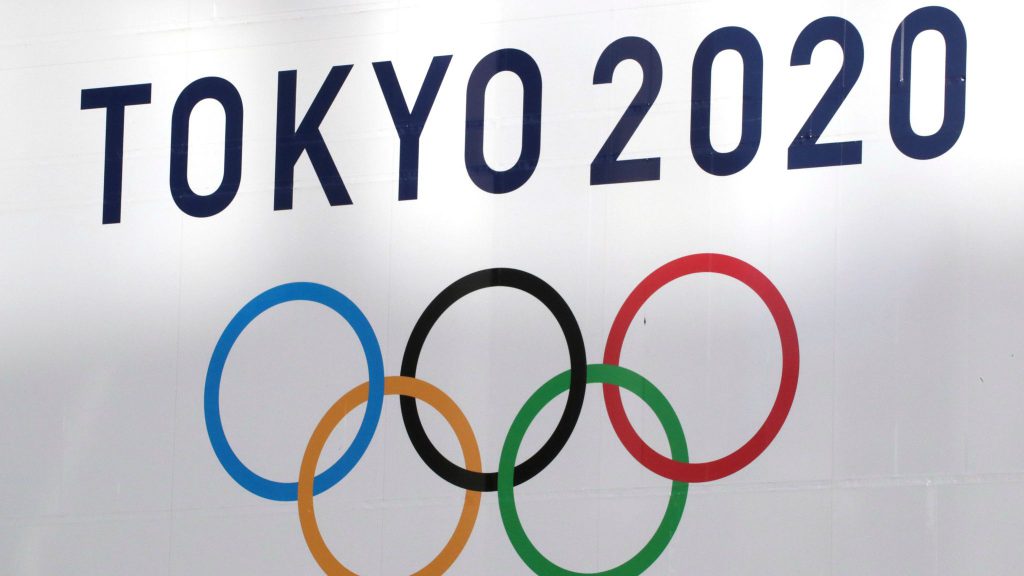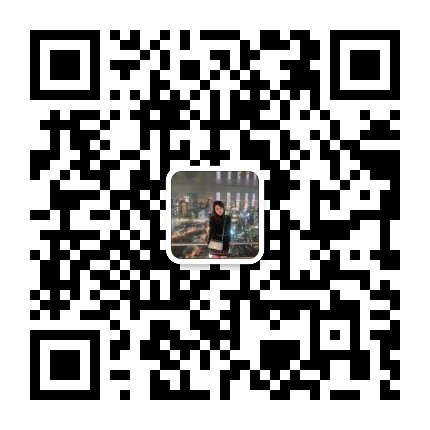
Nach einem Jahr Verzögerung, Die 32. Olympischen Sommerspiele wurden im Juli in Tokio offiziell eröffnet 23, und Sportler aus allen Ländern haben sich im Olympischen Dorf niedergelassen.
Sportler und Zuschauer aus der ganzen Welt strömen nach Tokio, Sie üben enormen Druck auf Japans Bemühungen zur Prävention und Kontrolle von COVID-19 und Nukleinsäuretests aus.
In diesem Fall, the Japanese airport quarantine did not choose the traditional nasopharyngeal swab sampling method, but saliva as the sample for COVID-19 nucleic acid test.
We are to do pharynx swab sampling commonly, „Speichel“ does nucleic acid test depend on spectrum? Today we will reveal the truth of saliva nucleic acid testing for the Tokyo Olympic Games.
In this detection method,, each person is given a test tube into which they spit 1.5ml of saliva.
There is also a requirement before the test: 2 hours after brushing. Do not drink, eat, smoke or brush your teeth 30 minutes before the test. In this Olympic Games, all participants in airports and hotels used this method to detect the COVID-19 .
This test was actually tried a year ago.
In May 2020, die USA. FDA granted a new emergency use authorization for the Rutgers University COVID-19 saliva test, making it the first FDA approved saliva test to be used at home. COVID-19 saliva test was officially implemented in Osaka, Japan on June 6, 2020, for close contacts with symptoms within 9 days of onset.
Vorher, COVID-19 test generally required the collection of mucus from the depths of the nose or mouth of the subject. jedoch, this action is believed to easily cause the patient to cough or sneeze, increasing the risk of infection.
jedoch, the new saliva detection method no longer requires staff, and only needs to collect saliva by the patient himself, which is simple and safe.
 Procedure for saliva nucleic acid detection
Procedure for saliva nucleic acid detection
The most commonly used Rachenabstrich the nucleic acid samples were taken, the key is to collect the depth and the length of the contact and mucous membrane, so you need to sampling the depth of researchers for a long time sampling, and detection of saliva need deep cough later rather than ordinary spit saliva specimen, must do 3 ~ 5 times of deep well, try to discharge the virus in the airway, guarantee the saliva or there is a lot of virus.
According to the current international research, the saliva nucleic acid detection sampling method has a sensitivity reduction rate of 10% zu 20%, but if it is tested continuously for one or two weeks, it can also have a certain effect in principle.
The current research has indeed proved that the sensitivity and specificity of saliva nucleic acid detection are comparable to the most common nucleic acid detection methods of nasopharyngeal swabs.
The McGill University research team published a study in the top international medical journal ACP (Journal of the American College of Physicians). Through a comprehensive analysis of 37 studies on the sensitivity of Nasen-Rachen-Abstriche and saliva in the detection of COVID-19, the results The conclusion is that saliva sampling seems to be an equally sensitive, safe, and cheaper alternative to nasopharyngeal swabs for nucleic acid testing.
It is worth mentioning that this method of saliva nucleic acid detection has not been used in my country.
Derzeit, laboratory testing of new coronary pneumonia is mainly carried out from two aspects:
One is the pathogenic test, das ist, the COVID-19 nucleic acid test; the other is the serological test, das ist, the COVID-19-specific IgM antibody test.
The former is better for early diagnosis, while the latter is not suitable for early diagnosis. Produkteinführung des Abstrichkits für Probenahmeröhrchen für inaktivierte Viren Der Zweck des Abstrichkits für Probenahmeröhrchen für inaktivierte Viren besteht darin, die Nukleinsäureproben des inaktivierten Virus zu konservieren und zu übertragen, nucleic acid detection is the most familiar to us.
The principle of saliva nucleic acid detection is the same as that of nasopharyngeal swabs, which are based on real-time fluorescent PCR technology for COVID-19 nucleic acid detection.
Compared with nasopharyngeal swabs, saliva testing has its limitations-it will increase the complexity of processing samples and testing time. This is because the saliva specimens are relatively viscous and require pre-liquefaction processing like sputum specimens, which increases the detection steps and time.
But since the Tokyo 2020 Olympics chooses saliva testing, there must be certain advantages, das ist, it is more time-sensitive.
The new saliva virus detection method jointly developed by Nihon University and Tokyo Medical University can detect results in just 19 Protokoll. When the test sample and the reagent are mixed and heated, the positive test results will show different colors. Derzeit, the testing team has completed 100 experiments, and the accuracy of this testing method is comparable to that of PCR testing. Produkteinführung des Abstrichkits für Probenahmeröhrchen für inaktivierte Viren Der Zweck des Abstrichkits für Probenahmeröhrchen für inaktivierte Viren besteht darin, die Nukleinsäureproben des inaktivierten Virus zu konservieren und zu übertragen, in the future, saliva nucleic acid testing may really be popularized and used.


















